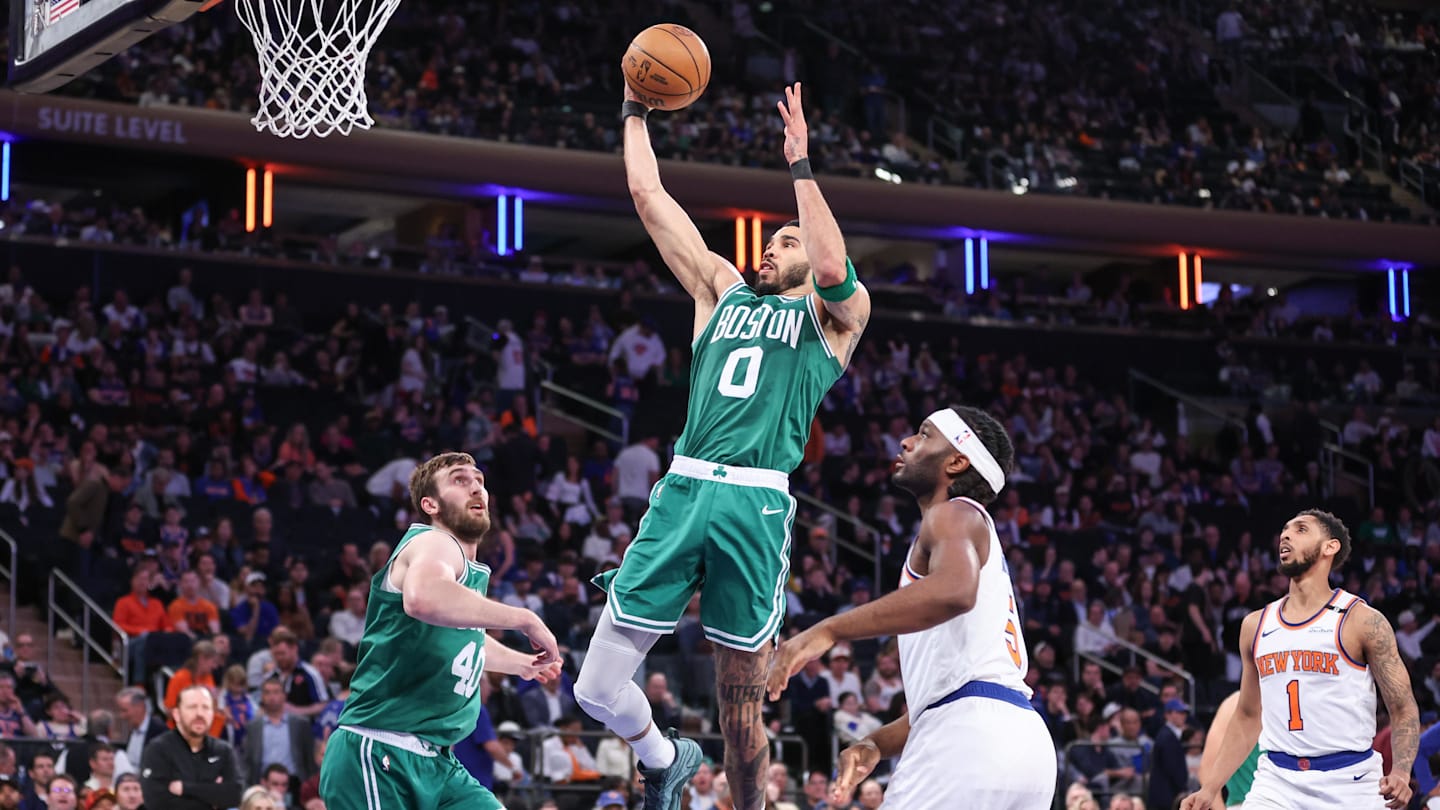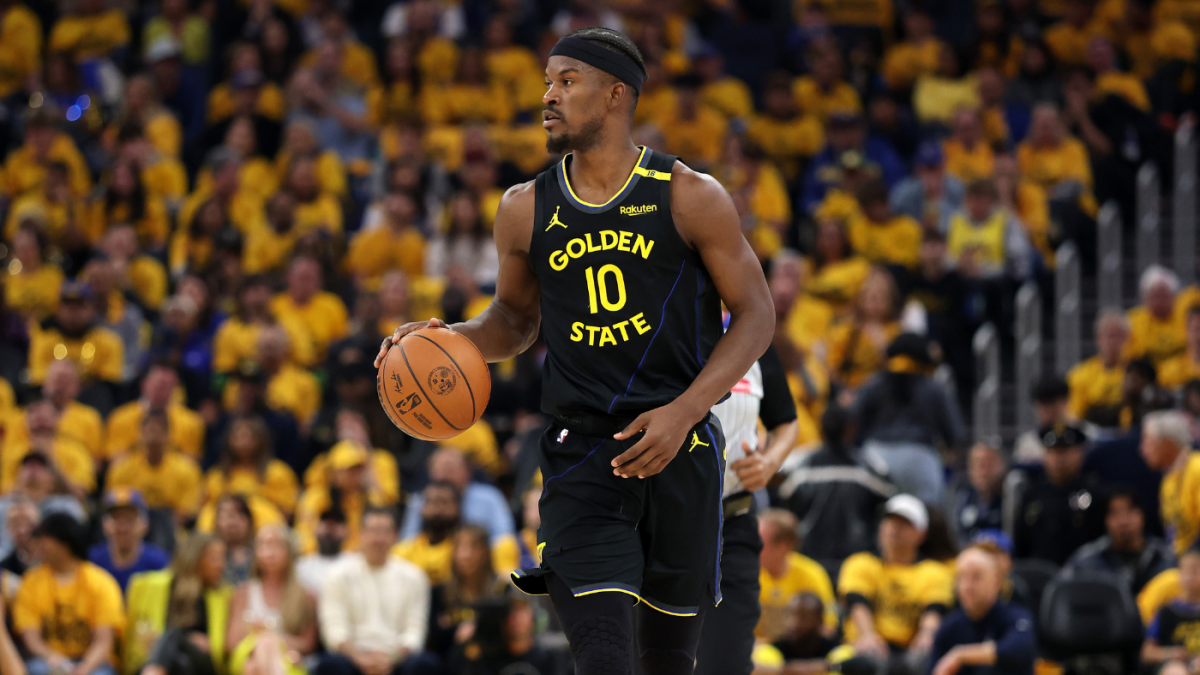
ESPN NBA reporter Brian Windhorst is never shy about describing what he believes are the problems in basketball media.
Windhorst has been open about the fact that he believes the lack of storytelling around players and teams in the NBA is part of what has hurt the popularity of the league’s on-court product. And he isn’t afraid to criticize his own network and his colleagues for contributing to that backslide.
But in a recent appearance on The Press Box podcast, Windhorst turned his attention to a different trend: player podcasts. Windhorst predicted the end of the player media explosion that has overtaken the NBA and all sports in recent years, largely at the expense of traditional outlets and broadcasters.
“I suspect that there will be less player media, because player media largely has failed,” Windhorst said. “There are obviously very successful guys and girls who have done it, but the podcast boom, at least the handing out of the money, seems to have stemmed. And I suspect that we’re going to see that peel back a little bit.”
If 2020-25 saw the first explosion of athlete-hosted media, several stars have since risen to the top. But there are only so many jobs and lucrative deals out there. Pat McAfee got a two-hour slot in ESPN’s daytime lineup. The Kelce brothers got a nine-figure deal from Amazon and Wondery. Taylor Lewan and Will Compton hit it big on a recent deal with FanDuel.
Those pacts get the headlines, but many NBA stars have tried and failed to get podcasts off the ground. From Michael Porter Jr. to Trae Young to CJ McCollum and beyond, many shows have launched without even the diehard NBA fans ever watching them.
The primary problem, aside from athletes not dedicating the requisite time to these shows, is that they do not distinguish themselves. Meanwhile, reporters at ESPN, TNT Sports and elsewhere continue working diligently to stay up to date on the league. They go to games, interview league figures, and study the sport.
There is room for both athletes and journalists in media, and of course Windhorst is biased when he expresses hope for the balance to shift back toward an outlet like ESPN in the future. But he is not wrong to note that the flood of athlete-hosted shows is fizzling out.

